Your login information returned multiple users. Please select the user you would like to log in as and re-type in your password.
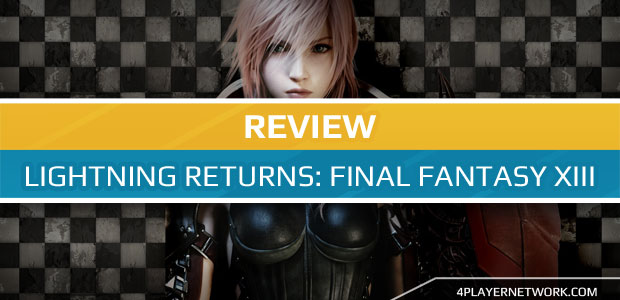
Final Fantasy XIII has had more than it’s fair share of criticism over the years. The game was longfully awaited as the first “next-gen” title in the series but was met with mixed reactions from both critics and fans alike when it debuted in 2009. I personally forced my way through the game only to quit hours before the end because I simply couldn’t shake my feeling of disappointment. Now, four years later, I find myself at the tail end of a Final Fantasy XIII extravaganza. Since December 2013, I have returned to the original game and completed it, powered through it’s sequel, and sunk more than 40 hours into the concluding chapter, Lightning Returns.
With Square Enix scrambling to recoup some of it’s losses and regain some confidence in the franchise, this core entry has been molded into a full-fledged trilogy. Was it worth the effort to pump more money into a game that fans had already written off as a dud? Is the existence of Lightning Returns even justifiable to the fans? After such a long journey, I think I have come to a conclusion. Let’s take a look.
Developer: Square-Enix
Release date: February 11, 2014
Platform(s): PS3 (Reviewed), Xbox 360
Strangely enough, I find myself comparing the Final Fantasy XIII franchise to the Matrix trilogy but through the lens of a parallel dimension in which the franchise became better with each iteration. Lightning Returns finds itself in a weird position as it struggles to justify its own existence while at the same time concluding the story that began in Final Fantasy XIII proper. Actually, Lightning Returns concludes the story that began with Final Fantasy XIII-2. When you get right down to it, this trilogy actually consists of two distinct stories with two distinct endings. Following the rather conclusive ending of Final Fantasy XIII, a new continuation of the plot was concocted and an entirely separate storyline was born and stretched into two more games.
Lightning Returns brings the pink haired heroine back to the leading role and jumps ahead 500 years after the conclusion of XIII-2. The aftermath of the final battle in that game has led to the world being swallowed by chaos, effectively stopping the flow of time for the human race. Lightning has been awakened and tasked by “god” to save as many souls as she can before the world ends in 13 days. It is a plot that is surprisingly easier to follow than previous entries in the franchise but any sense of understanding one might have goes out the window in the later parts of the game. Still, I found myself enjoying the plot and progression of the story far more in this game than the previous two entries due to its refreshing world structure and emphasis on time management.

Looming over this entire 40+ hour game is a time management system that must be constantly monitored and managed. The game is organized into 13 days and five major chapters that one can complete in any order before taking on the final boss and finishing the game. Each day lasts approximately 48 minutes but time stops when in battle and during cutscenes or during dialogue sequences. On top of that, a particularly cheap ability that is acquired early in the game can be triggered regularly to temporarily stop the flow of time and increase productivity. At the end of each day, Lightning is returned to a hub location known as the “Ark” where she can regroup and reclaim lost time by returning the souls she saved to god.
Picture Majora’s Mask but with higher stakes. Poor time management in this game can eventually result in having to restart the entire game. Luckily, I managed to complete the 5 main quests with a few days to spare but there is plenty to see and do in the time allotted that one could easily land on the final bosses doorstep ill-prepared. With that said, running out of time or choosing to reset the clock resets the game in new game + mode but carries over all of your character stats and paves the way for a faster playthrough. I found myself enjoying this little twist quite a bit as it added a sense of urgency and weight that a lot of RPG’s simply lack. It also forces the player to become deeply aware of the game’s systems and the world around them.
Lightning Returns trades in the linear paths of the original and the modular world structure of it’s sequel for something far more enjoyable. The world is segmented into four very large and very open environments that are interconnected by a train system that is also sensitive to the game’s time mechanic. Hopping on a train not only costs money, but time. I found myself learning the layout of the world and it’s train stations and then using them to calculate my movement and maximize my productivity each day.
With the linear world design in XIII serving as a major sticking point for many, it’s great to see such a refreshing take on a world that has grown on me over the course of two games. There may only be four major areas to explore but each of these places is unique and beautiful in it’s own right. Each one has its own set of characters to meet, areas to explore, and side missions to complete. Many of you will remember the open expanse that appeared only near the conclusion of Final Fantasy XIII and should be happy to hear that each major area in the game feels more like that. On top of that, classic Final Fantasy staples such as Moogles, Cactuars, Behemoths, and Chocobos all make a welcome return and go a long way in making this game feel worthy of the Final Fantasy title.

Say what you will about Final Fantasy XIII but the game certainly introduced some new ideas to the long running franchise. In much the same way that the original game provided a unique take on turn-based combat, Lightning Returns takes an equally intriguing approach to character and stat progression. Unlike any game I have ever played before, combat no longer exists as a means of enhancing character stats directly. Instead, boosting strength, magic, and endurance is tied to completing side quests. Combat is effectively reduced to providing money, magic spells, and practice for the game’s challenging boss encounters. This provides a ton of motivation to seek out the various side missions scattered throughout the world, of which there are a couple hundred. An assortment of additional missions can be acquired by speaking to Chocolina, the oddball character that became popular in XIII-2. Rewards vary by difficulty but always reward you with stat boosts. The quality of the side missions certainly spans both sides of the quality spectrum but this was incredibly helpful in preparing for the final showdown but I found it to be incredibly addicting. I often caught myself trying to squeeze every last quest that I could out of each day.
It’s a refreshing spin on classic RPG concepts to be sure but it is not all sunshine and rainbows. While the narrative and dialogue pushing along the main plot are well executed, the same can not be said of much of the game’s supporting cast. At times, it feels like the developers forgot they were writing dialogue for a game that had to be delivered with real voices. I never had this issue before with classic Final Fantasy because this style of writing came across just fine in written word. A similar sentiment can be applied to the way the characters animate as well. Character movement is rigid and unnatural and when combined with the awkward voice acting, a lot of the secondary cut scenes can be hard to watch. With that said, a considerable amount of additional effort was put into making the main characters feel more natural.
The game boasts a slick, fast, and complex battle system despite it only using a single character. Much like it’s predecessors, the combat is based around the concept of controlling carefully calculated and fully customized job classes known as Schemata. Many will draw comparisons to Final Fantasy X-2 thanks to the vast selection of colorful outfits that serve as the basis of each Schemata; each sporting its own unique attributes and stats buffs. From there, players can assign a weapon and a shield which are used in battle by mapping abilities to each of the four face buttons. In combat, you can switch between 3 schemata on the fly using the shoulder buttons. From there, success is earned through careful management of each ATB meter and the ability to switch jobs quickly and skillfully. It’s demanding, challenging, and satisfying in all the right ways.
The number of Schemata in the game is impressive and allows for a vast and diverse set of strategies to choose from. On the flip side, the sheer number of options can easily overwhelm and the wrong strategy could make a seemingly minor encounter worthy of boss fight status. As many of you may have heard, making a wrong decision when prepping for a fight or selling the wrong outfit or weapon could lead to a severe case of self-loathing and may cost you a controller so be careful. Despite some major (and expensive) frustrations, I always learned from my mistakes and was able to bounce back after some careful planning.

A few other details add to the challenge of the game and manage to straddle the line between being innovative and flawed. For instance, you are incredibly limited in the number of items that can be carried at once. When the game starts, your inventory is limited to 6 and as the game progresses and certain milestones are achieved, this is eventually raised to 10. It kind of makes sense and adds a bit of challenge when preparing for battle but you can imagine my stress when I was preparing for the final boss with only 10 item slots. Was it going to be enough? Was I making the right decision? Who the hell knows. The same goes for the escape option; An option that has existed in RPG’s since the dawn of time is now penalized by costing an hour of time which can make quite the difference. Luckily, the decision to run CAN be made at the end of battle when you realize that you have used all of your resources and you are utterly screwed. This effectively serves as the “try again” feature from previous games. These are all details that I questioned at first but eventually came to appreciate thanks to some good balancing decisions.
On the other side of the coin, the game makes a baffling change to the stagger system which worked beautifully in previous games. The simple meter that used to demonstrate how close you were to staggering an enemy has been traded in for a confusing new visual aid that hides behind the enemy health bar. It’s color coded which helps but remains lost in the chaos that erupts on screen during battle half the time. It is a prime example of “if it ain’t broke, don’t fix it.”
Unfortunately, the magic system that supplements the combat is the worst magic system since the Draw mechanic of Final Fantasy VIII. Magic is no longer earned through leveling but instead acquired through drops in combat. At that point, magic can be enhanced at synthesis shops throughout the world and then leveled up by using rare items that are dropped periodically from certain monsters. It’s an unnecessarily convoluted system that felt disconnected from the other super well-realized aspects of combat. To add a bit of confusion to the mix, an “enhanced” level 1 magic spell can actually be more powerful than a "basic" level 2 spell. With that said, the other aspects of combat, plot progression, and world design make up for the occassional misstep.
Lightning Returns is a compelling use of recycled assets and an addicting RPG to boot. While the final product comes across as a bit confused and clumsy in places, Square Enix has mostly succeeded in squeezing some of the untapped potential out of the world and its characters. The game certainly won’t mend the wounds in the hearts of series purists but for those who are willing, there is more than enough here to justify the time investment and the money spent. With that said, I am ready for Final Fantasy XV.
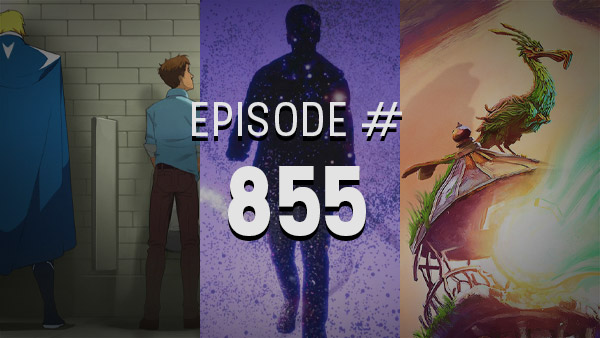
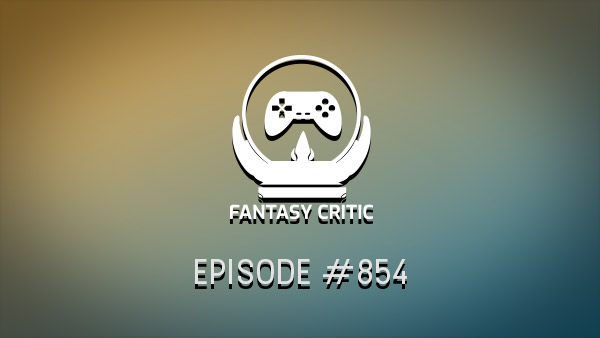
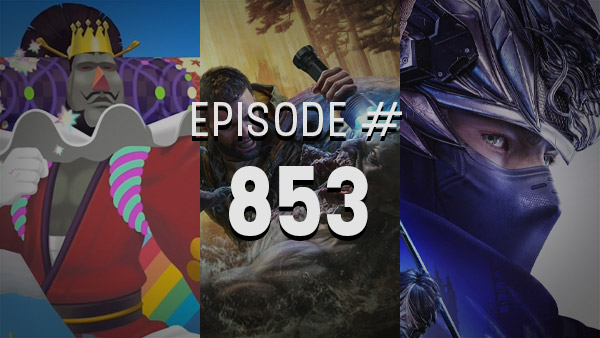
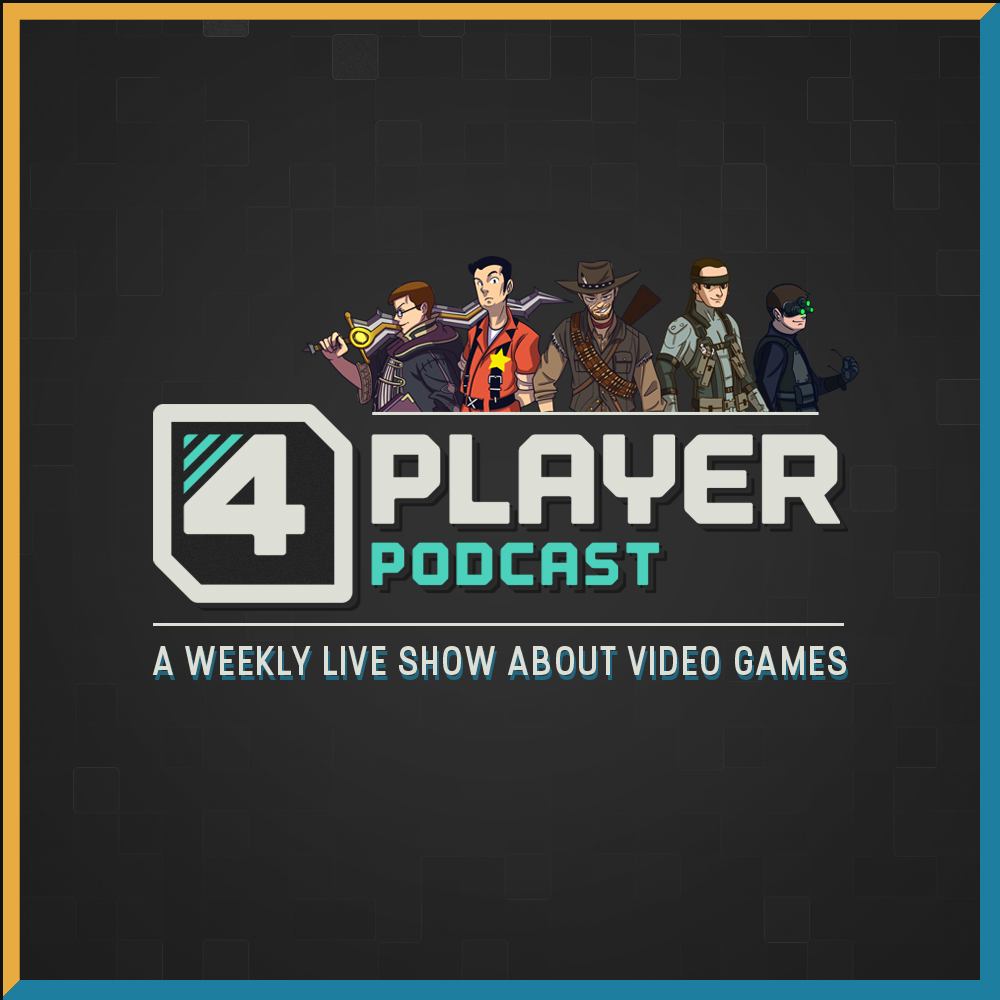
Comments
11 years, 8 months ago
Great review, Nick! It actually makes me want to play the game. Too bad I don't own a console to play it on but still, sounds like an interesting timesink. The perfect game to play when there's nothing else coming out.
11 years, 8 months ago
A very fair and well written assessment!
11 years, 8 months ago
Interesting review. The whole time limit thing is a deal breaker for me though, regardless of how well implemented it is.
11 years, 8 months ago
All the outfits in the world will never fix Flat-Butt Lightning. She's also not interesting enough as a character to warrant that many outfits. Vanille or someone more lively would have been a better choice for a dress-up game.
Regardless, great review Nick. I will disagree on your point on the stagger system though, because I like it better this way. It's more intuitive and requires you to pay attention to your enemy and what body parts you hit, which is better for an action game like this, rather than an additional meter on screen.
Also, FF8 had the best Draw system ever. :T